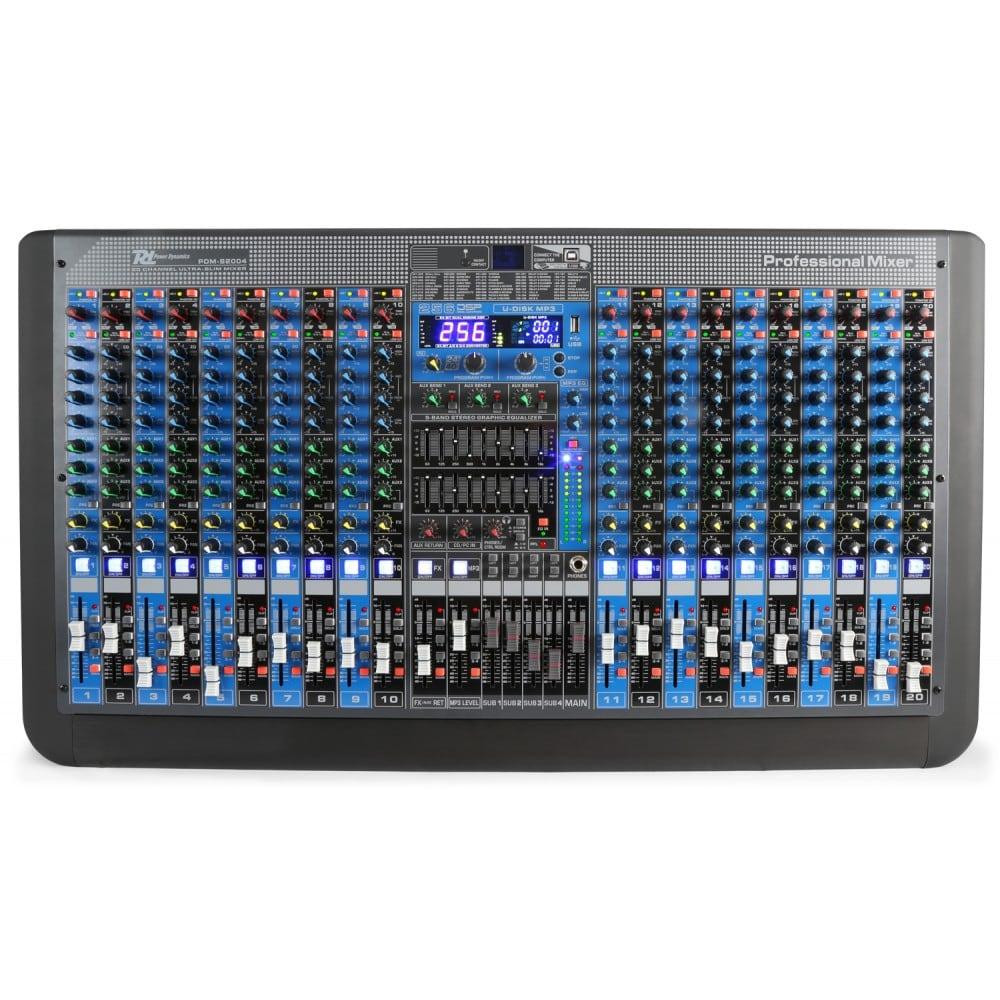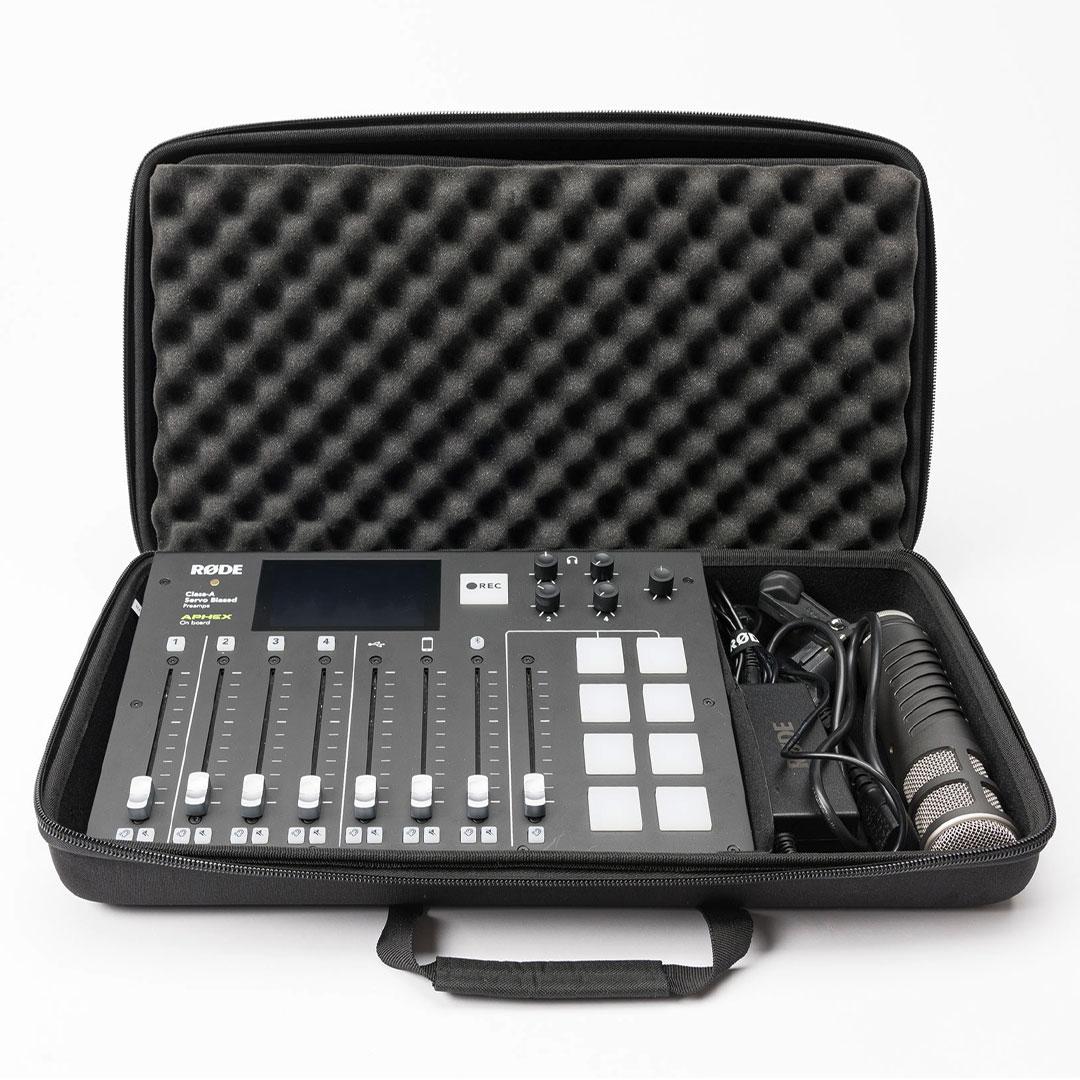We use cookies to make your experience better. To comply with the new e-Privacy directive, we need to ask for your consent to set the cookies. Learn more.
Maximising Venue Space with Audio Visual Rental: Creative Layout and Design Ideas

Maximising venue space with audio-visual leasing requires a combination of ingenuity, strategic planning, and meticulous attention to detail. Whether you're planning a conference, wedding, fashion show, or business event in Melbourne, the layout and design of your venue may have a huge influence on the entire experience of guests. Let's look at creative ideas and practical techniques for making the most of your event space using audiovisual equipment and new design concepts.
Understanding venue dynamics:
Before diving into specific layout and design ideas, it's essential to grasp the dynamics of your venue. Consider aspects such as:
Size and Layout:
Determine the total square footage available, the layout of rooms or halls, and any architectural features that could enhance or constrain your design choices.
Infrastructure:
Assess the venue's infrastructure, including power outlets, lighting fixtures, ceiling height, and acoustics. This information will guide your selection and placement of audio-visual equipment.
Functional Zones:
Identify different functional zones within the venue, such as presentation areas, networking spaces, exhibitor booths, catering zones, and relaxation areas. Each zone may require specific audio-visual setups and design considerations.
Creative Layout and Design Ideas:
Now, let's explore creative ideas to maximise venue space and create an immersive experience for event attendees:
Flexible Seating Arrangements:
-
- Embrace modular seating options that can be easily reconfigured to accommodate different event formats and attendee capacities. This flexibility ensures optimal use of space and enhances attendee comfort.
- Consider innovative seating arrangements such as circular setups for interactive discussions, lounge-style seating for casual networking, or theatre-style seating for keynote presentations.
Strategic Audio-Visual Integration:
-
- Utiliseaudio-visual equipment strategically to enhance the ambience and functionality of the venue. This includes:
- Projection Mapping: Transform blank walls or surfaces into dynamic visual displays using projection mapping techniques. Create immersive environments that align with the event theme or brand identity.
- LED Screens: Install high-definition LED screens in key areas for live streaming, presentations, branding visuals, and sponsor Choose screens of varying sizes to suit different viewing distances.
- Ambient Lighting: Use intelligent lighting solutions to create mood-enhancing effects, highlight architectural features, and direct attention to key focal points within the venue.
- Sound Systems: Install distributed audio systems to ensure clear and balanced sound throughout the venue. Incorporate wireless microphones and speakers for flexibility during presentations and performances.
- Utiliseaudio-visual equipment strategically to enhance the ambience and functionality of the venue. This includes:
Thematic Decor and Branding:
-
- Infuse the venue with thematic decor elements and branding elements that align with the event's purpose and theme. This could include:
- Customised Signage: Design eye-catching signage and digital displays that guide attendees, showcase event schedules, and promote sponsors.
- Branded Backdrops: Create branded backdrops or media walls for photo opportunities, press interactions, and sponsor recognition.
- Thematic Props: Incorporate thematic props, furniture, and decor pieces that enhance the overall ambience and create memorable experiences for attendees.
- Infuse the venue with thematic decor elements and branding elements that align with the event's purpose and theme. This could include:

Interactive Technology Installations:
-
- Integrate interactive technology installations to engage attendees and encourage participation. Examples include:
- Interactive Touchscreens: Set up interactive touchscreens or kiosks with event agendas, speaker profiles, interactive maps, and attendee feedback surveys.
- Virtual Reality (VR) Experiences: Offer immersive VR experiences that showcase products, services, or virtual tours related to the event theme.
- Augmented Reality (AR) Elements: Incorporate AR elements into signage, printed materials, or mobile apps to deliver interactive content and gamify attendee interactions.
- Integrate interactive technology installations to engage attendees and encourage participation. Examples include:
Outdoor and Indoor Connectivity:
-
- Leverage both indoor and outdoor spaces within the venue by extending audio-visual setups seamlessly. This could involve:
- Outdoor Projection: Use outdoor-rated projectors and screens for outdoor presentations, movie screenings, or live streaming of main-stage events.
- Outdoor Sound Systems: Install weatherproof speakers and audio systems in outdoor areas for ambient music, announcements, and entertainment.
- Seamless Transitions: Ensure smooth transitions between indoor and outdoor spaces with cohesive design elements, lighting continuity, and integrated audio systems.
- Leverage both indoor and outdoor spaces within the venue by extending audio-visual setups seamlessly. This could involve:
Green and Sustainable Practices:
-
- Incorporate sustainable design practices into your event layout and audio-visual This includes:
- Energy-Efficient Lighting: Use LED lighting fixtures and smart lighting controls to minimise energy consumption and create dynamic lighting effects.
- Eco-Friendly Materials: Opt for recyclable and reusable materials for decor, signage, and promotional materials.
- Digital Alternatives: Reduce paper waste by using digital signage, electronic brochures, and mobile apps for event information and communication.
- Incorporate sustainable design practices into your event layout and audio-visual This includes:
Practical Considerations and Implementation:
While creative design ideas are essential, it's crucial to consider practical aspects and logistical challenges during implementation:
Budgetary Constraints:
Work within budgetary constraints by prioritising essential audio-visual elements and focusing on high-impact design features that align with the event's goals.
Technical Expertise:
Collaborate with experienced audio-visual professionals and event planners who can provide technical expertise, equipment rentals, and onsite support for seamless execution.
Safety and Compliance:
Ensure compliance with safety regulations, venue restrictions, and fire codes when installing audio-visual equipment, lighting fixtures, and decor elements. Conduct thorough risk assessments and inspections to mitigate potential hazards.
Testing and Rehearsals:
Conduct thorough testing and rehearsals of audio-visual setups, lighting cues, and interactive technologies before the event to identify and resolve any technical issues or performance concerns.
Feedback and Iteration:
Gather feedback from event attendees, stakeholders, and vendors to assess the effectiveness of the layout, design elements, and audio-visual experiences. Use this feedback to iterate and improve future events.
Conclusion:
The combination of technical know-how, creative thinking, and strategic planning is needed at Wwave - Sound Equipment /Audio Visual Hire Melbourne to maximise venue space through audio-visual rental. Flexible seating arrangements, intelligent audio-visual integration, themed design, interactive technology, and sustainable practices may all be used to provide a memorable and immersive experience for event attendees while making the most use of available space. To ensure your event's success, collaborate with competent specialists, make extensive preparations, and prioritise attendee involvement.
